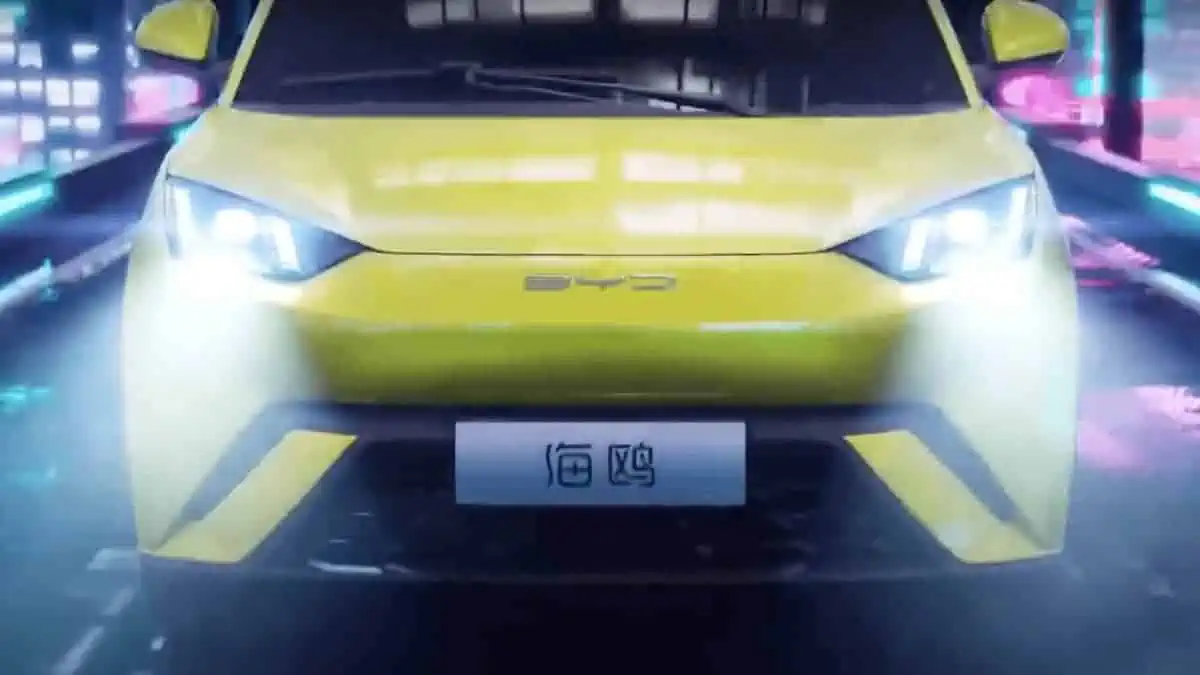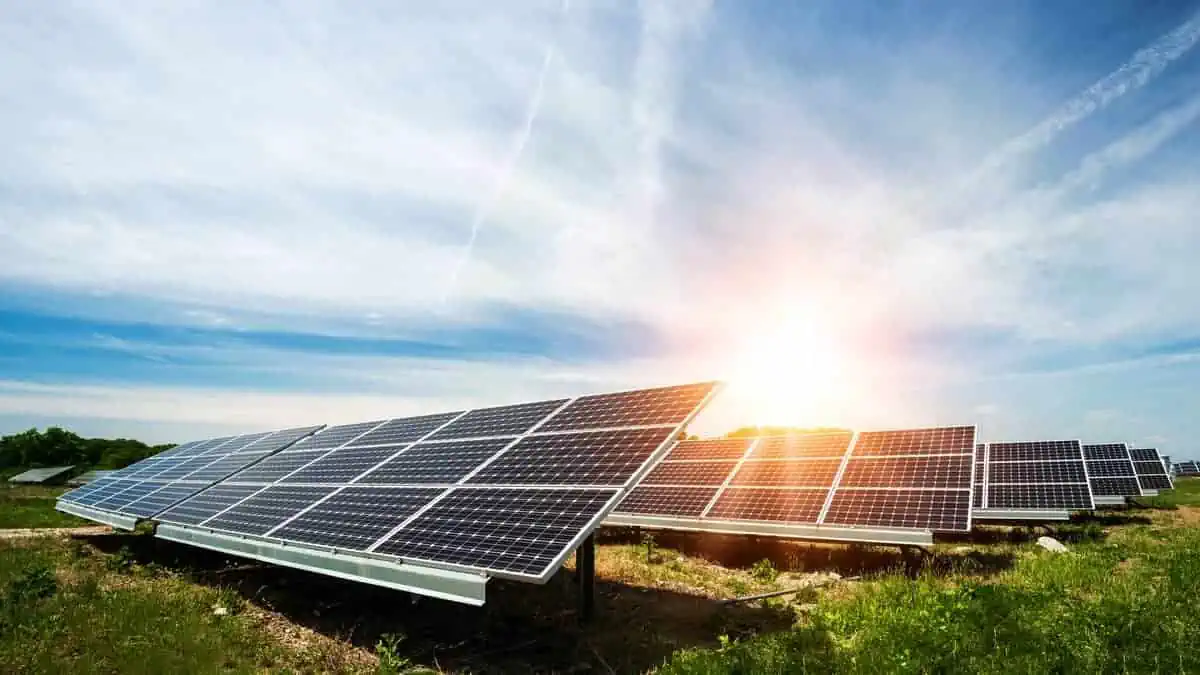The wide adoption of electric vehicles continues to accelerate worldwide due to governments’ efforts to support the transition. However, more actions must be taken to make EV models more affordable, as the pricing often discourages customers.
For instance, other countries may be inspired by the world’s largest automotive market. In a significant advancement, EVs are now cheaper than gasoline-powered vehicles in China.
EVs dominate the top 10 model ranking in June
Bloomberg reported that seven electric plug-in vehicles dominated China’s top 10 vehicle ranking in June.
As expected, the popular Tesla Model Y has once again claimed the top spot in the sixth month of the year since February.
BYD’s newly launched Dolphin model has already surpassed established EV models. It gained the fourth spot in the ranking after the Tesla Model Y and two other non-EV models. Therefore, BYD Dolphin is the second best-selling EV in China in June.
Other EV models in the list include BYD Qin Plus DM-i, BYD Yuan Plus, BYD Song Plus DM-i, and Tesla Model 3.
Competition and price war impacts in China’s auto industry
The prevalence of electric vehicle models in China is primarily driven by the price war started by the leading American automaker, Tesla.
Tesla’s aggressive pricing strategy significantly attracted local customers to buy its EV offerings. As a result, the company’s sales and delivery figures surged in the previous quarters.
Consequently, it prompted other automakers to also cut their pricing to sell their models. The price war got so competitive that it pushed the Chinese government to interfere.
Tesla, along with 15 other Chinese brands, previously pledged to end the price war and avoid “abnormal pricing.” However, the agreement is non-binding. Therefore, the price war emerged once again when Tesla reduced the pricing of some Model Y trims in mid-August.
The significant price cuts demonstrate the automakers’ desperate efforts to empty their car inventories. In effect, EVs got way cheaper than their original pricing.
However, the price war also has negative effects on the Chinese automotive industry.
“There’s no question that the fight for market share has been damaging. First-half auto sales in China have still not cleared the 11.8 million level achieved in 2018. An official measure of consumer confidence remains stuck at subdued levels not seen since the 1990s, after plummeting amid the Covid-19 lockdowns last year. Cratering imports in July are a clue to just how dire the state of demand remains across the economy.”
Bloomberg
Price cuts
The Tesla Model 3 initially cost twice as much as luxury mid-sized sedans like the BMW AG 3 Series. The Tesla EV is now cheaper, thanks to the price cuts.
BYD Dolphin also got more affordable by approximately 5,000 yuan ($693) than rivals like VW’s Jetta Sagitar (125,000 yuan).
Apart from the price cuts, the government also exempts EV buyers from the 10% vehicle purchase tax.
The significant price drop in electric vehicle pricing pushed sales to grow in the previous quarters.
In fact, battery and plug-in hybrid models now hold 37% of the overall automotive market in China. Remarkably, it already surpassed Beijing’s 2019 target of having EVs account for 25% of the market.
See Also:
- Tesla and Chinese automakers pledge to end the price war
- Tesla implements new price cuts for some Model Y variants in China, breaking its pledge to end the price war
- Tesla’s discounts spark a price war, Nio says it won’t join
- Tesla’s price-cuts intensified ‘price war’ among EV makers, to affect suppliers
- Tesla cuts EV prices in China by up to 9% as analysts warn of ‘price war’
China is undoubtedly leading the electric vehicle adoption worldwide. It boasts the most extensive and reliable charging infrastructure among any other country. Now, it is also the first to see EVs get more affordable than conventional vehicles.






